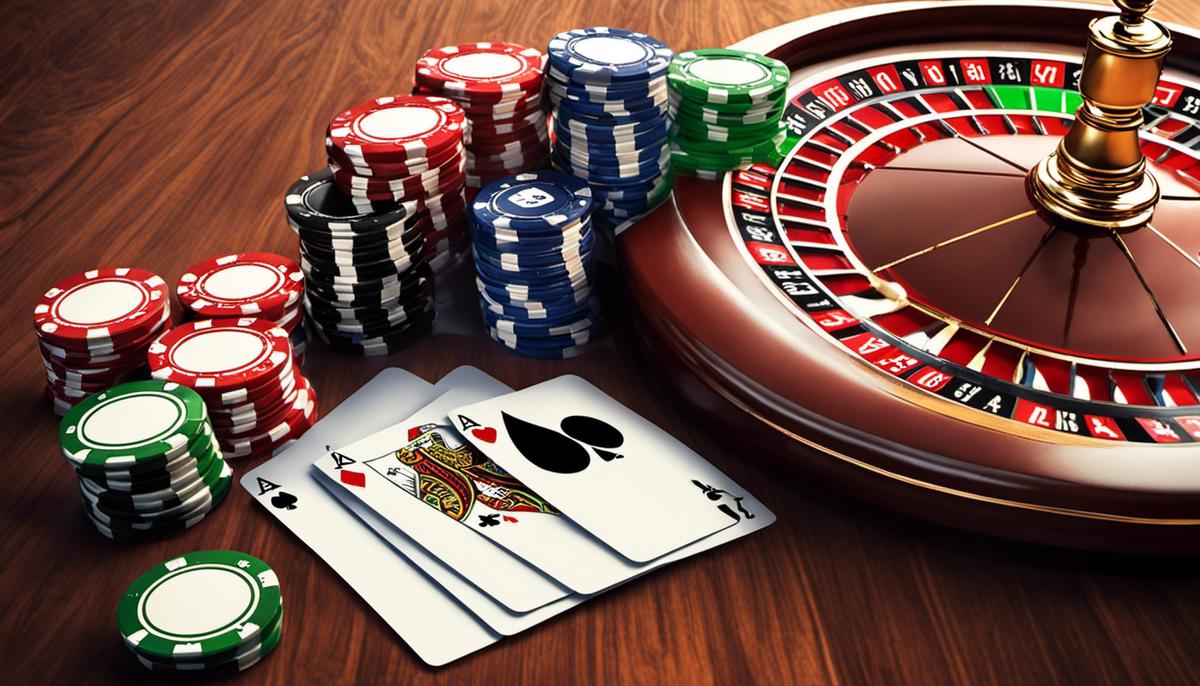Making Topwater Lures That Drive Fish WildMaking Topwater Lures That Drive Fish Wild

Topwater fishing is one of the most exhilarating and visually thrilling types of angling. Watching a fish explode from beneath the surface to snatch a lure creates unforgettable moments of adrenaline and connection to nature. Central to this excitement are topwater lures—those enticing baits designed to float, splash, and mimic the movements of insects, frogs, or struggling baitfish on the water’s surface. But the real magic happens when these lures are crafted thoughtfully and skillfully to trigger aggressive strikes. Here’s a guide on making topwater lures that drive fish wild fishing lure manufacturer.
Understanding the Basics of Topwater Lures
Topwater lures come in many shapes and styles, such as poppers, stickbaits, prop baits, and buzzbaits. Each imitates different prey and produces distinct surface disturbances to attract predatory fish like bass, pike, and peacock bass. The goal of a topwater lure is to replicate natural movements that provoke a predatory response—whether that’s a splash, a ripple, or a flutter.
Designing for Action and Attraction
When making topwater lures, action is king. The lure must create water disturbance that mimics prey struggling on the surface. For example, poppers feature concave faces that cause a loud “pop” or splash when jerked, imitating a wounded insect or baitfish. Prop baits have spinning blades that churn the water, generating noise and vibration.
To craft a lure with irresistible action, start with the body shape. A slender, buoyant wooden or foam body is common, but plastic can also work. Balance is key—the lure must float naturally and remain stable during retrieval. Weight placement inside the lure affects how it sits and moves, so experimenting with lead or tungsten inserts can help achieve the perfect buoyancy and action.
Choosing the Right Materials
Durability and buoyancy are essential. Traditional lures often use balsa wood for its lightness and ease of carving. Modern crafters may use high-density foams or specialized plastics, which offer consistent buoyancy and longevity. Paint and finish are more than cosmetic—they add realism and durability. Use waterproof paints and clear coats to protect your lure from water damage and fish teeth.
Hooks are another critical consideration. Topwater strikes can be explosive, so strong, sharp treble hooks or quality single hooks should be securely embedded. Positioning hooks properly ensures better hookup rates and prevents them from interfering with the lure’s action.
Customizing to Local Conditions
No two waters are alike, and successful lure makers tailor their creations to local fish preferences and environments. Color patterns should reflect local prey species or stand out in specific water clarity conditions. In murky water, brighter or more reflective finishes can help fish locate the lure, while in clear water, subtle natural colors are often more effective.
Size also matters. Small topwater lures work well in pressured waters or when fish are finicky, while larger, more aggressive-looking lures attract bigger predatory fish.
Testing and Tuning
The process doesn’t end with assembly. Testing the lure in water allows you to fine-tune its action. Adjust the weight, tweak the shape, or reposition hooks until the lure produces the desired splash or wake. Watching how the lure moves when retrieved helps identify needed improvements.
Final Thoughts
Making topwater lures that drive fish wild combines creativity, knowledge, and patience. The reward isn’t just in catching fish but in crafting a lure that triggers explosive strikes and unforgettable fishing memories. Whether you’re a seasoned angler or a beginner looking to dive into lure making, mastering the art of topwater lure creation adds an exciting layer to the fishing experience—and puts you one step closer to the next thrilling surface strike.

